How to selling experiences (experiences)

It has been a long time since the term "goods consumption" was first used to describe the consumption of goods and services.
It has been more than 20 years since the first issue of "Experience Economy" was published.
The difference between selling products (goods) and selling experiences (experiences) is the difference between the two. Selling experiences is easy to imagine in the case of experience value businesses such as Disneyland and overseas travel. The same is true for hotels and other lodging businesses, as well as food and beverage businesses. Sell experiences, not products. In the case of food and beverage, instead of selling ramen, tendon, or other food as the restaurant's product, you are selling memories in the brain of the restaurant other than the product, such as the hospitality of the customer. This is selling an experience.
If you sell a product as a thing, you cannot sell it at a price higher than the value of the product in the customer's mind, but if you turn it into an experience, the value will change.
I went to IKEA for the first time in a while. It was a weekday, so I was able to take my time and think about the things I wanted to buy.
Desks, chairs, and beds are just things, and it is difficult to experience them. Usually, they are just displayed, priced, and sold, but a thoughtful store might offer a service such as "please sit on it.
As I went around IKEA, I thought about how IKEA makes all of its products into experiences. Chairs, beds, and desks, which are supposed to be things, are sold as experiences.
As those who have been to IKEA can tell you, there are many small rooms in the facility that look like they are in a house somewhere, using IKEA products. There are many different types of bedrooms alone, and many different types of children's rooms alone. It is a room, a kitchen, and a living room that makes you feel as if you want to stay there.
↓Photo
a peddler

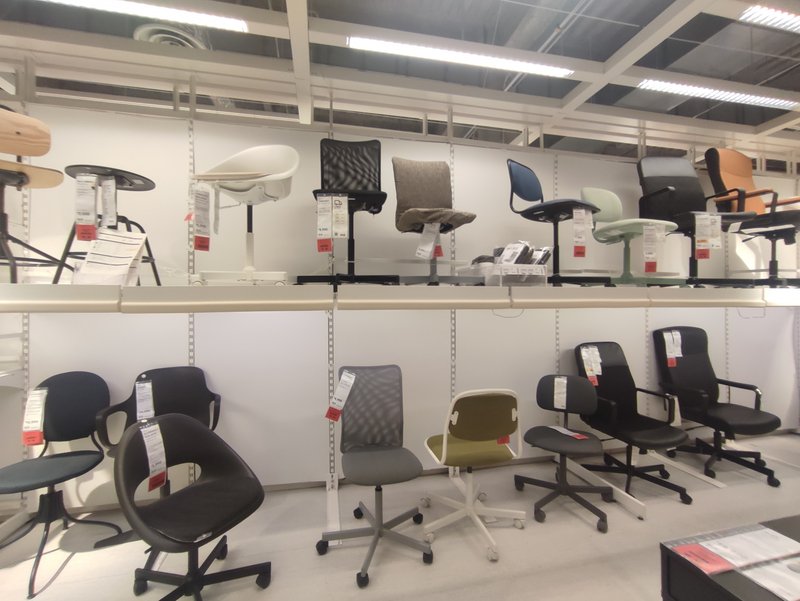
selling things
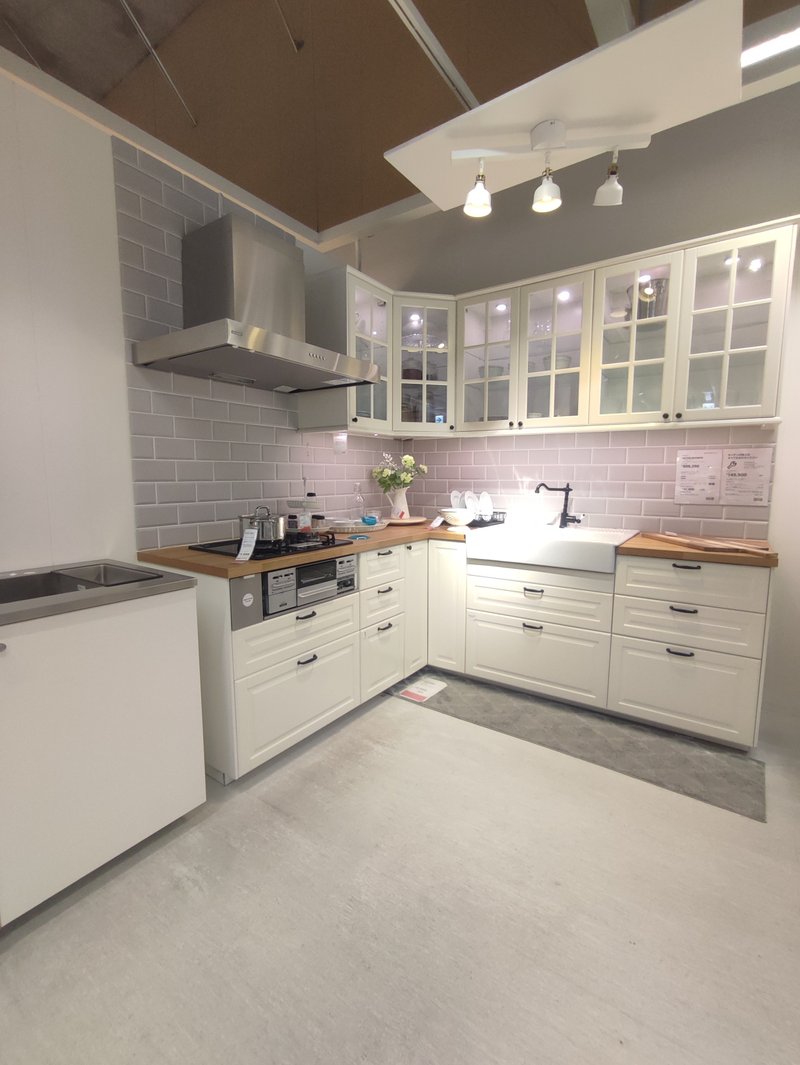

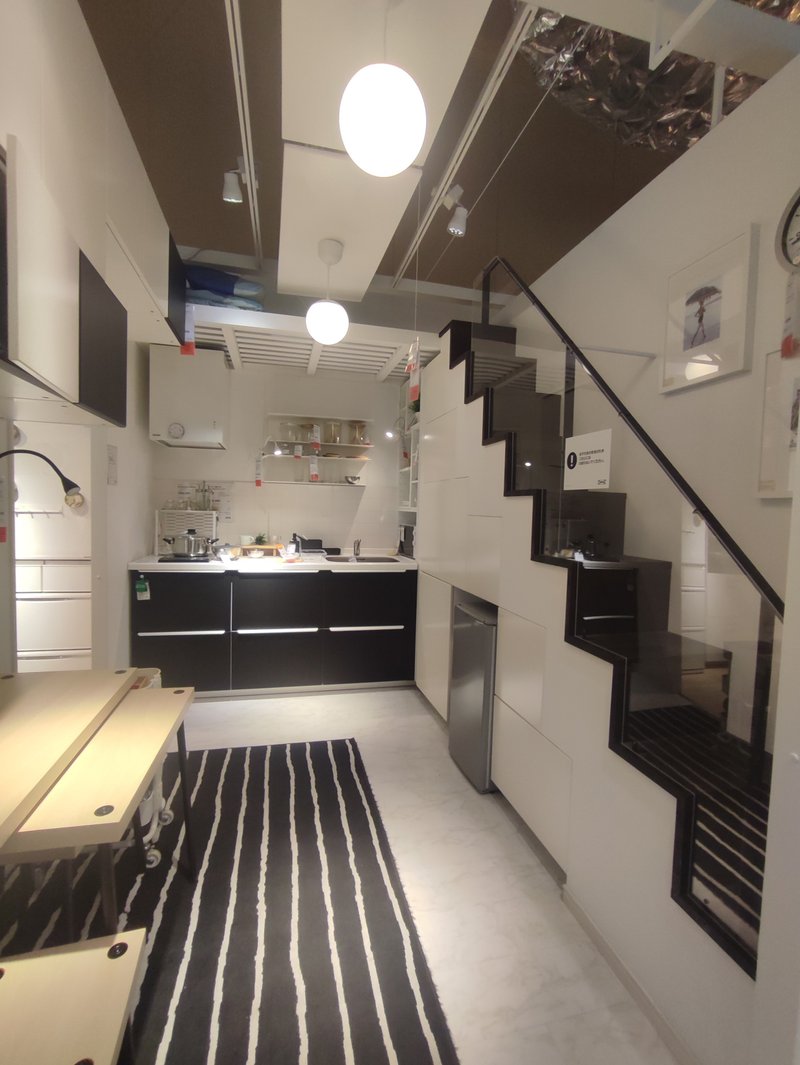
What was also surprising was the layout of the house that Mr. 00 bought. The house is exactly as it was when Mr. 00 bought it, and IKEA products are used to realize it in the facility.
↓Picture
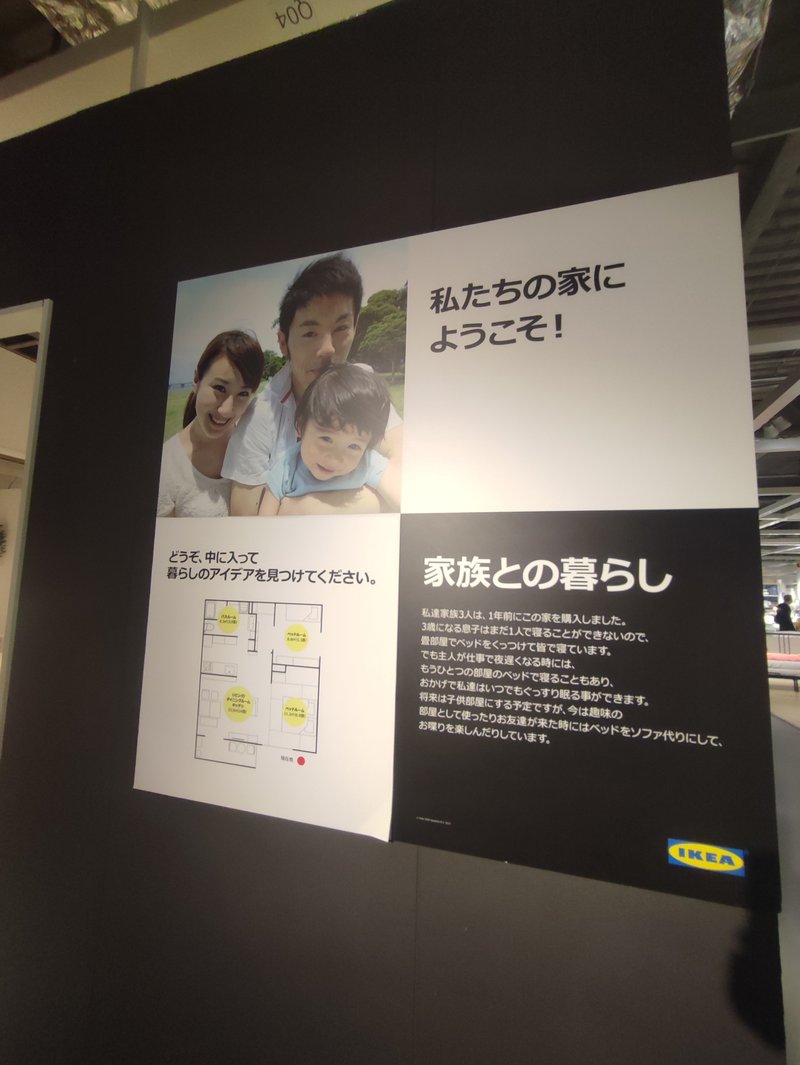

Customers can visualize and empathize with it.
IKEA's strategy is to materialize the image of the experience for each and every customer, as much as to say so.
This is the embodiment of the experience of a thing. When they are just displayed in a room, people only feel the value of them as objects, but the moment they are placed in the room, they are transformed into experiential products.
This is what it means to sell products by transforming them into things and things into experiences.
In this sense, I felt that any business can be converted into a "koto" (experience).
Can't you make your product into a "koto"?
PS
I wrote about a certain Starbucks in Yokohama on my blog. →
https://blog.assentia-hd.com/ceo-blog/20210202
I have written about a certain Starbucks in Yokohama in my previous blog entry. Even invisible service and hospitality can be evaluated on SNS. Visualization of hospitality. It is important.
↓See the picture below.
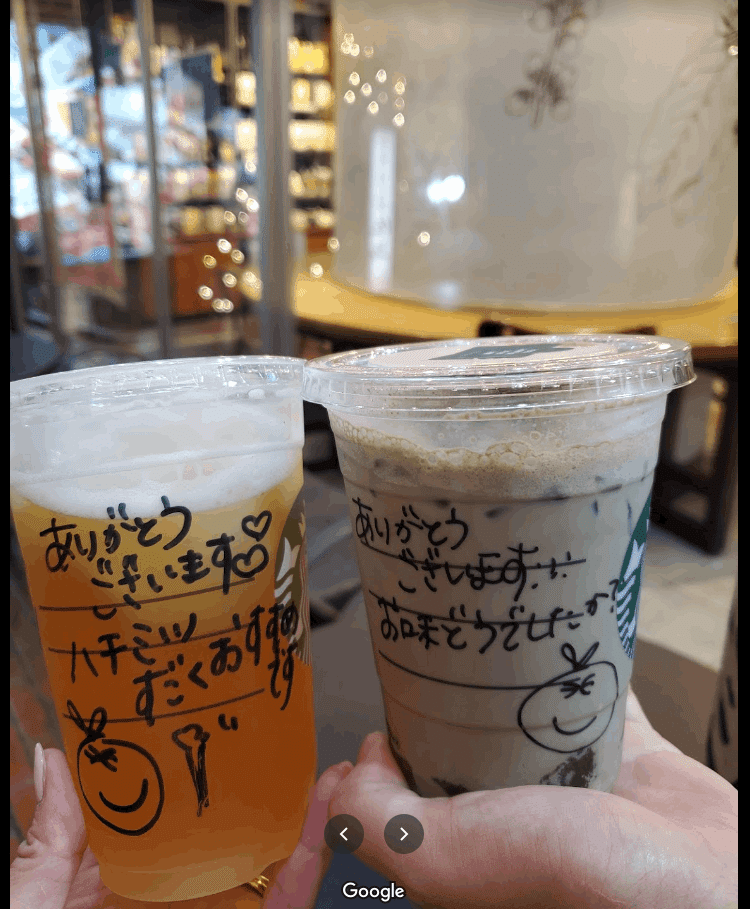
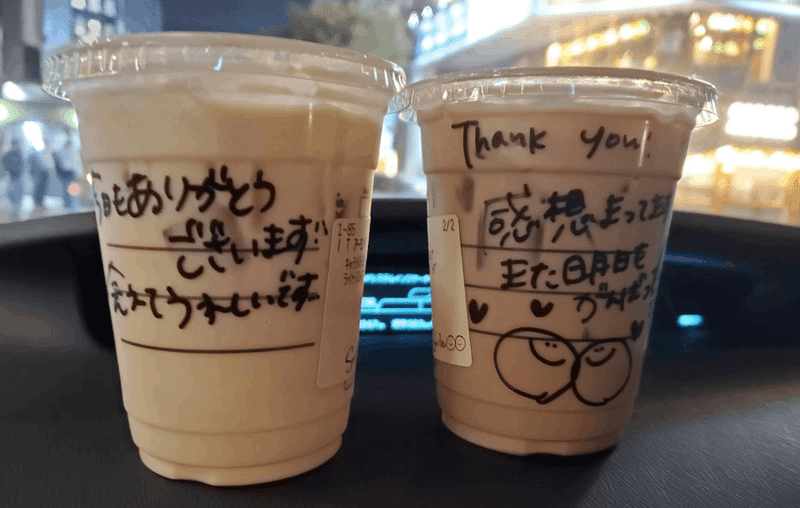
Fittness Anytime
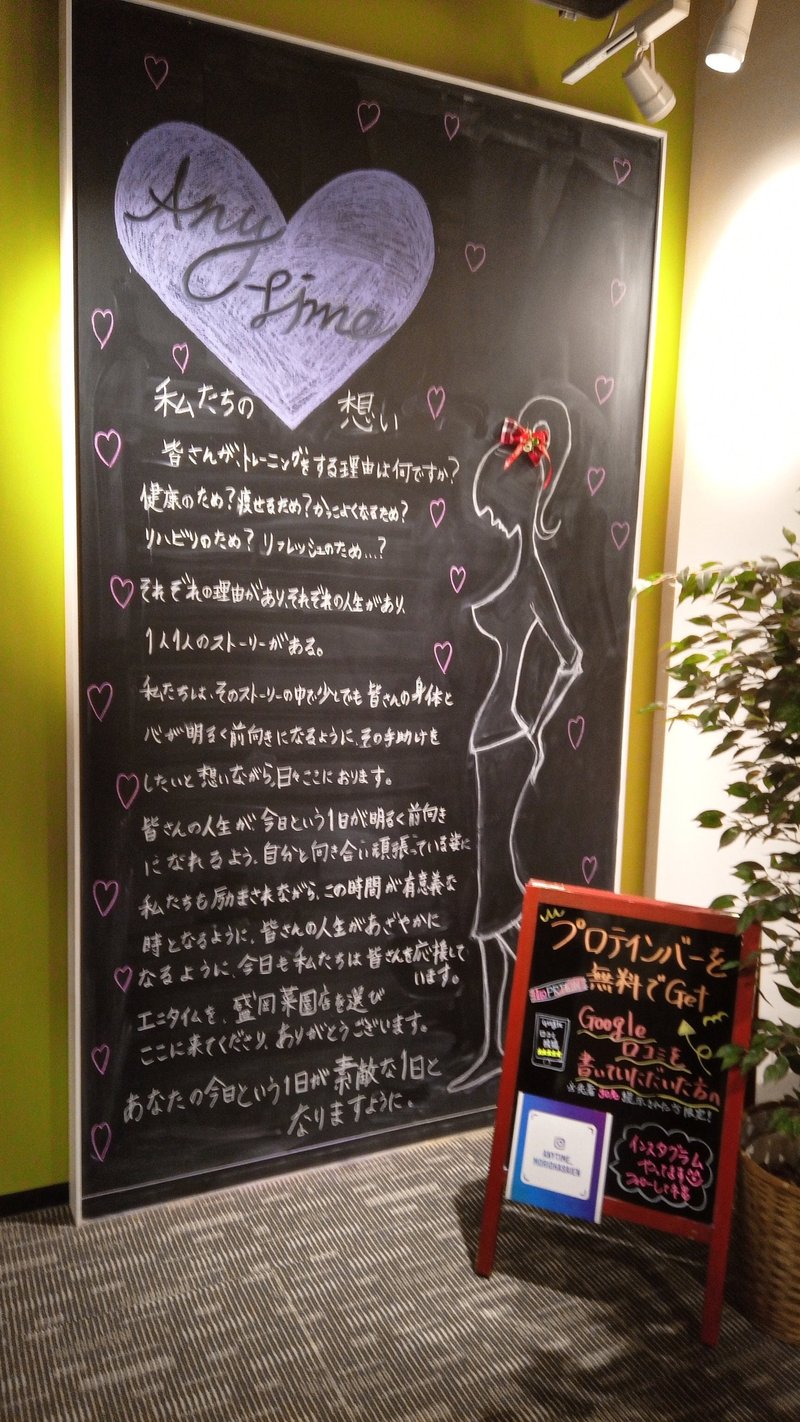
Assentia Holdings Inc
CEO Akira Tsuchiya


